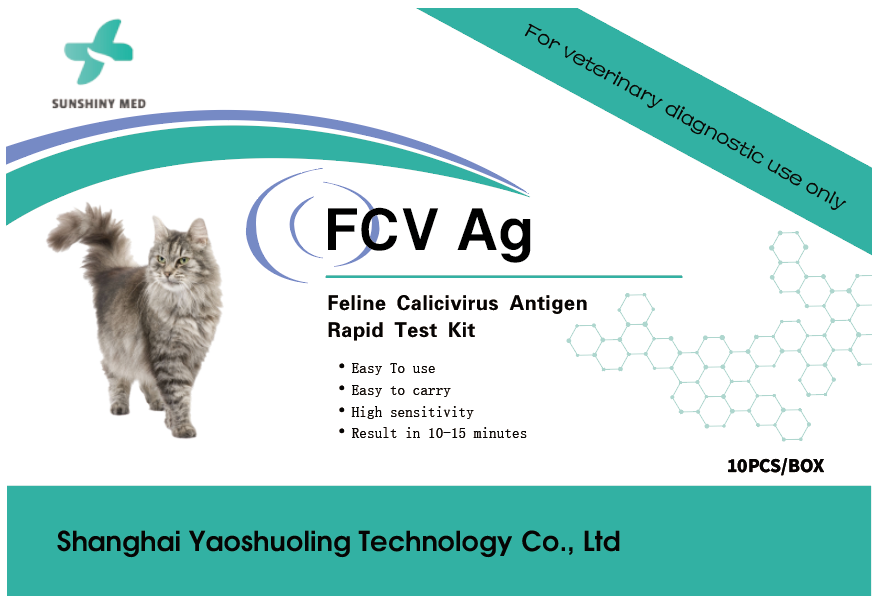The Feline Pancreatic Lipase Test Kit aids in the auxiliary diagnosis of feline pancreatitis
Feline
pancreatitis is a common pancreatic disease in felines, characterized by
inflammation of the pancreas, leading to the abnormal release of digestive
enzymes and damage to pancreatic tissue. Pancreatitis in cats may present as
acute or chronic, and both forms can have a serious impact on the cat's health.
Functions of the Pancreas
The pancreas is a gland located in the abdominal cavity and has two main
functions:
Exocrine function: Secretes digestive
enzymes to help break down proteins, fats, and carbohydrates in food.
Endocrine function: Secretes hormones
(such as insulin) to regulate blood glucose levels.
Types of Feline Pancreatitis
Acute pancreatitis: It has a sudden
onset with severe inflammation and usually shows obvious clinical symptoms.
Chronic pancreatitis: It lasts for a
long time, and the degree of inflammation may be mild or occur intermittently.
The symptoms may not be obvious, but it will lead to the gradual damage of the
pancreas.
Clinical Symptoms
The symptoms of feline pancreatitis can vary depending on the severity of the
disease. Common symptoms include:
Loss of appetite: Cats may refuse to
eat or have a decreased appetite.
Vomiting: Repeated vomiting is a common
symptom of pancreatitis.
Abdominal pain: Cats show a painful
reaction when their abdomen is touched and may curl up their bodies.
Dehydration: Due to vomiting and loss
of appetite, cats may experience dehydration.
Diarrhea: Some cats may have diarrhea,
especially in the case of chronic pancreatitis.
Lethargy and weakness: Cats with
pancreatitis usually show extreme lethargy and depression.
Transmission Routes
Feline pancreatitis is not an infectious disease, so it will not be transmitted
to other animals or humans through contact or the air.
Clinical Diagnosis
Clinical examination: The veterinarian
can initially determine pancreatitis by palpating the cat's abdomen and
combining it with the symptom manifestations.
Blood tests: Measure the level of serum
pancreatic lipase (Spec fPL). An increase in this enzyme is an indicator of
pancreatitis. In addition, routine blood tests may also be carried out to
assess the cat's overall health status.
Imaging examinations: Ultrasonography
can help the veterinarian observe the morphological changes of the pancreas and
detect inflammation, pancreatic swelling, or other abnormalities.
Other tests: In some cases, CT scans or
biopsies may be required to obtain more detailed information.
Prevention and Treatment Measures
Treatment in the acute phase: Includes
intravenous infusion to maintain water and electrolyte balance, analgesics to
relieve pain, antibiotics to prevent secondary infections, and antiemetic drugs
to control vomiting.
Diet management: Avoid high-fat diets
and provide easily digestible, low-fat special cat food to reduce the burden on
the pancreas.
Long-term management: For cats with
chronic pancreatitis, long-term dietary control and drug treatment may be
required, including the use of digestive enzyme supplements to aid food
digestion, as well as insulin treatment for diabetes (if the pancreatic
function is severely damaged).
Regular monitoring: Cats with chronic
pancreatitis need to undergo regular health checks, including blood tests and
imaging examinations, to monitor the progression of the disease and the
effectiveness of the treatment.
SunShiny Med has developed a Feline Pancreatic Lipase Test Kit based on ELISA technology, which provides effective assistance for users in detecting feline pancreatitis.





